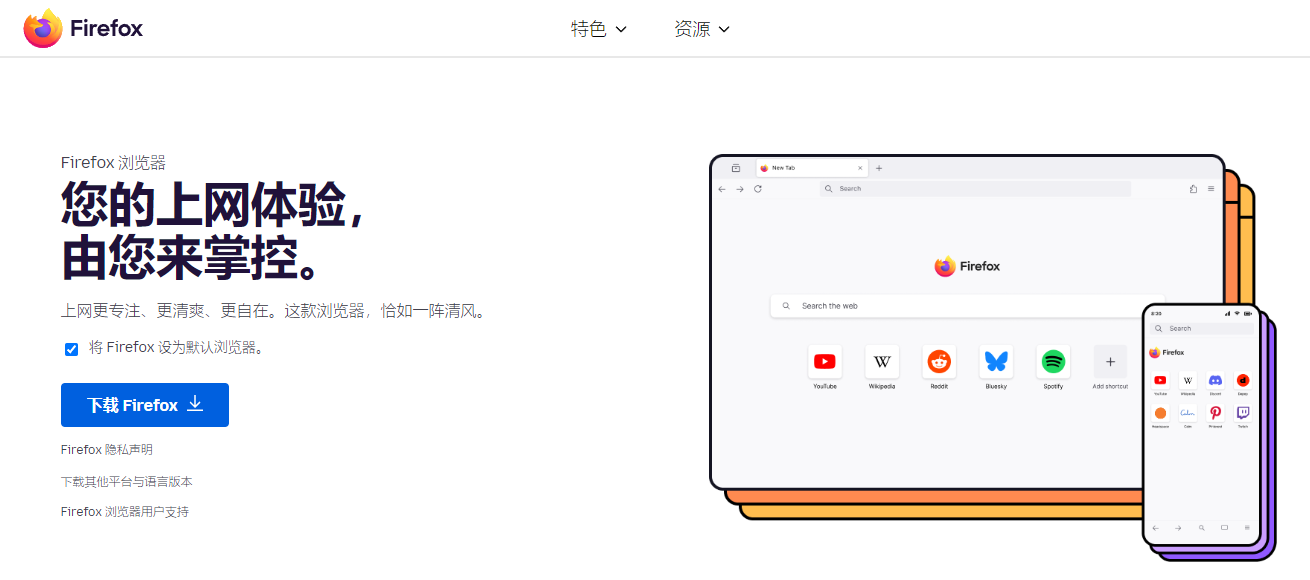//消息框中需要显示哪些按钮,此处显示“确定”和“取消”
| 代码如下 |
复制代码 |
MessageBoxButtons messButton = MessageBoxButtons.OKCancel;
|
//"确定要退出吗?"是对话框的显示信息,"退出系统"是对话框的标题
//默认情况下,如MessageBox.Show("确定要退出吗?")只显示一个“确定”按钮。
DialogResult dr = MessageBox.Show("确定要退出吗?", "退出系统", messButton);
| 代码如下 |
复制代码 |
|
if (dr == DialogResult.OK) //如果点击“确定”按钮
{
……
}
else //如果点击“取消”按钮
{
……
}
|
MessageBoxButtons指定若干常数,用以定义MessageBox上将显示哪些按钮(来自MSDN)
MessageBoxButtons成员:
成员名称 说明
AbortRetryIgnore 消息框包含“中止”、“重试”和“忽略”按钮。
OK 消息框包含“确定”按钮。(默认)
OKCancel 消息框包含“确定”和“取消”按钮。(上例所示)
RetryCancel 消息框包含“重试”和“取消”按钮。
YesNo 消息框包含“是”和“否”按钮。
YesNoCancel 消息框包含“是”、“否”和“取消”按钮
实现的功能是遇到异常时弹出错误提示对话框:窗口中显示三个按钮【确定】【取消】【详情】
| 代码如下 |
复制代码 |
|
=====================================
使用全局事件扑捉
=====================================
using System;
using System.Windows.Forms;
//using Microsoft.Win32;
//注册全局的异常处理程序,扑获产生的异常。
namespace Zhengzuo.CSharpCode
{
static class Program
{
///
/// 应用程序的主入口点。
///
[STAThread]
static void Main()
{
if ( false == SingleInstance.HandleRunningInstance() )
{
AppDomain.CurrentDomain.UnhandledException += new UnhandledExceptionEventHandler(CurrentDomain_UnhandledException);
Application.ThreadException += new System.Threading.ThreadExceptionEventHandler(Application_ThreadException);
//SystemEvents.SessionEnding += new SessionEndingEventHandler(SystemEvents_SessionEnding);
Application.EnableVisualStyles();
Application.SetCompatibleTextRenderingDefault(false);
Application.Run(new FormMain());
}
}
//static void SystemEvents_SessionEnding(object sender, SessionEndingEventArgs e)
//{
// throw new Exception("The method or operation is not implemented.");
//}
static void Application_ThreadException(object sender, System.Threading.ThreadExceptionEventArgs e)
{
throw new Exception("The method or operation is not implemented.");
}
static void CurrentDomain_UnhandledException(object sender, UnhandledExceptionEventArgs e)
{
throw new Exception("The method or operation is not implemented.");
}
}
}
|
winform,c#弹出错误提示框,带红叉的弹出窗口,MessageBox.Show
解决办法
1.MessageBox.Show("两次重复密码不一致", "提示", MessageBoxButtons.OK, MessageBoxIcon.Error);















